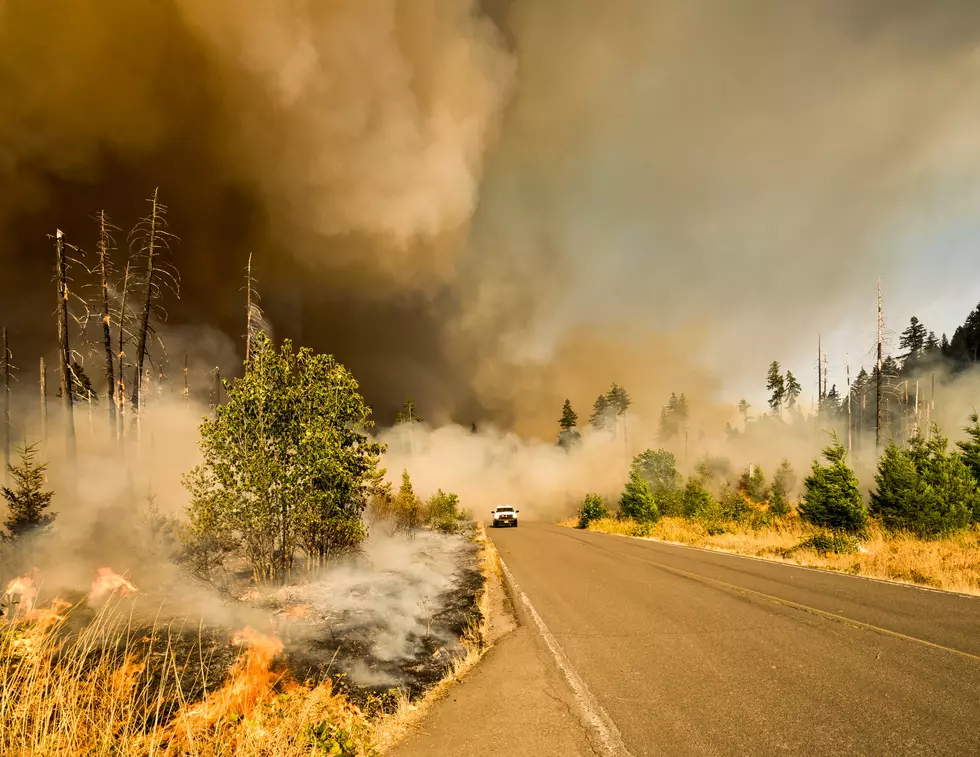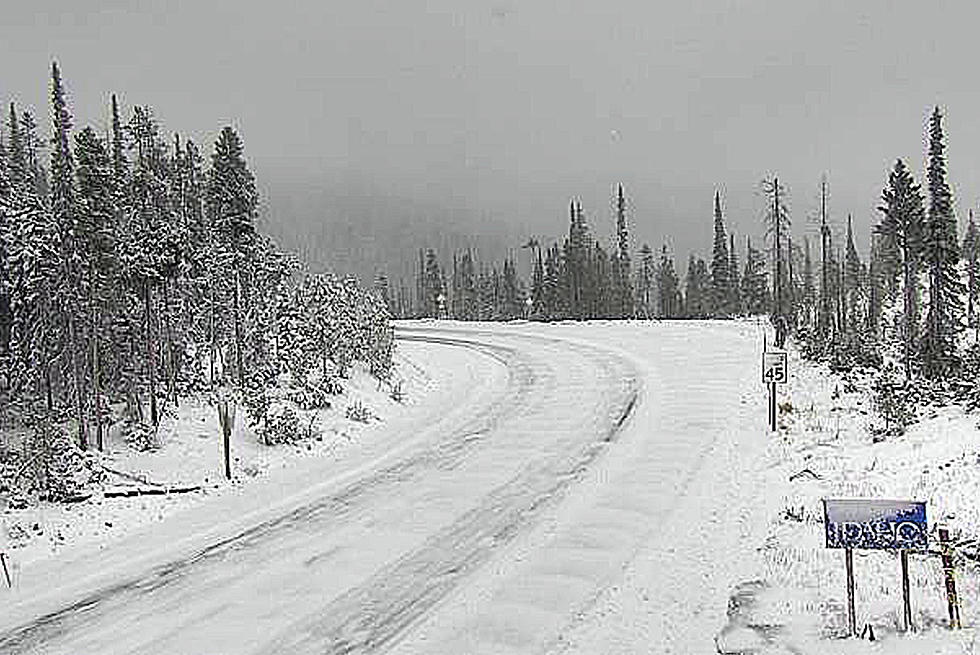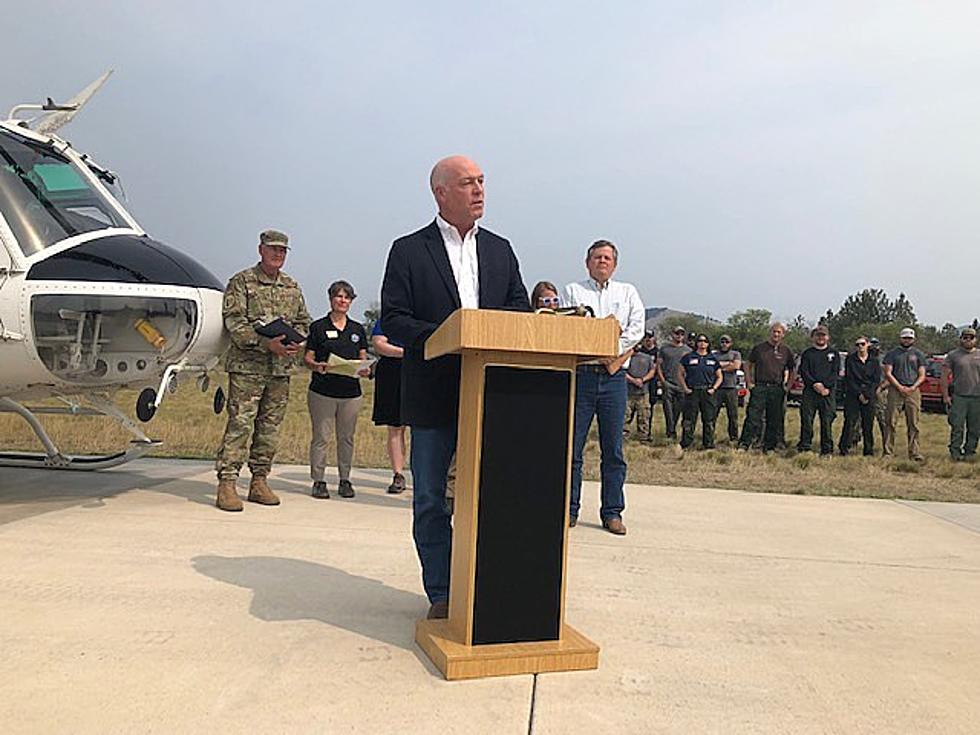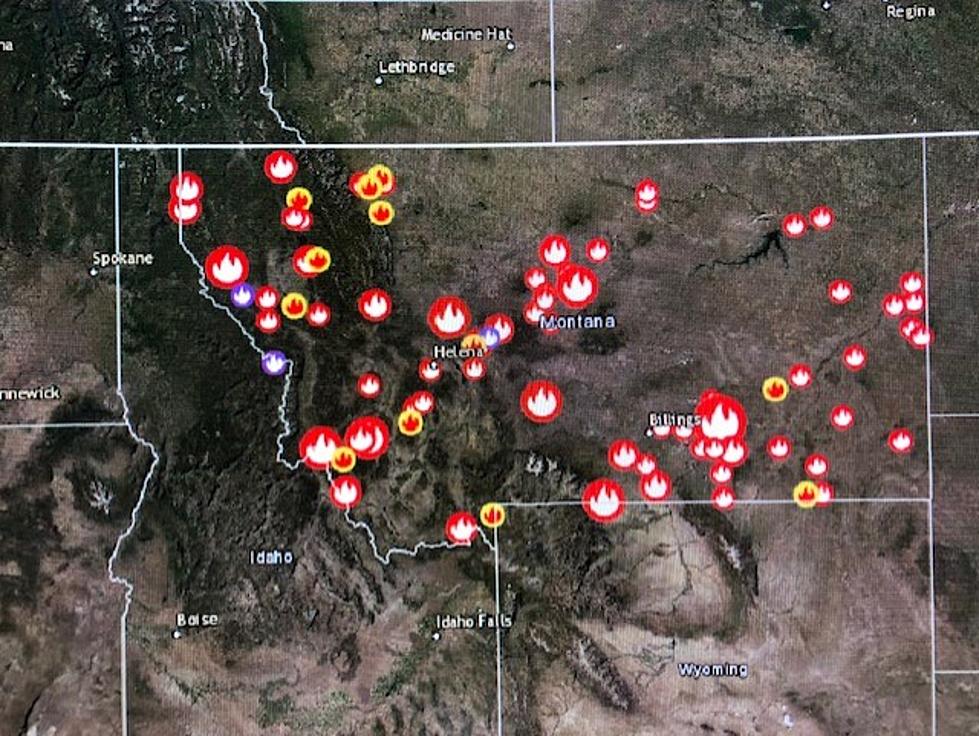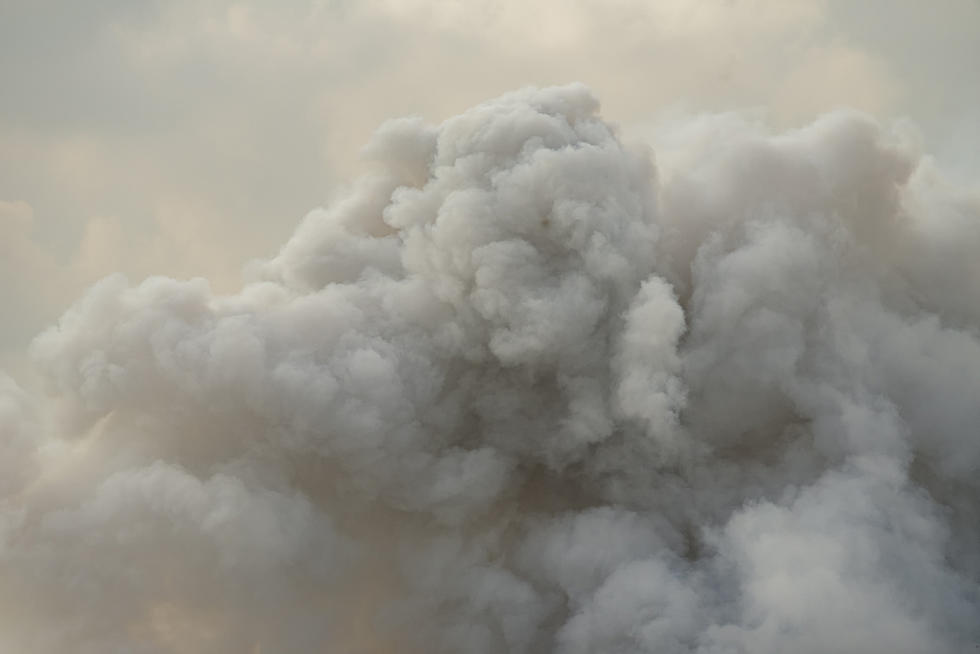
Fire Officials Prepare for One-Two Punch in Drought Fire Season
Governor Greg Gianforte met with fire, weather and other officials in his conference room on Wednesday to receive a briefing on the upcoming fire season for Montana.
Before the meeting began Gianforte asked for a moment of silence to honor wildland firefighter Tim Hart, who was killed in New Mexico on May 24 while fighting the Eicks Fire.
Gianforte then acknowledged the fact that over half of Montana is in a drought, and that the upcoming fire season will be affected by those extremely dry conditions.
“As we know, the 2021 Drought and Water Advisory Committee confirms what many citizens across the state are experiencing,” said Gianforte. “Much of Montana is currently in moderate to extreme drought conditions. I've already heard from farmers and ranchers in eastern Montana, who are worried about the lack of rain and what it means for their operations heading into this summer and fall.”
Colleen Haskell, Northern Rockies Coordinating Council Predictive Services Meteorologist, told the gathering that the entire state will be dealing with either moderate or severe drought conditions.
“The expectation for the drought is that there are some pockets west of the Continental Divide that are in the yellow category, which means that it's abnormally dry as you mentioned, or moderate drought,” said Haskell. “But the predictions through August 31 for the drought outlook are that everything, all those holes will be filled in and the drought will become across the board throughout Montana.”
Haskell called the conditions this summer tantamount to a one-two punch of fire danger throughout the state.
“The ridge of high pressure is the critical fire weather pattern or the setup of the one two punch that I look for,” she said. “It’s similar to what we saw last September which was exceptionally rare for that month. These are high pressure ridges that are that strong and that persistent, and when it breaks down, the part two of the punch is when we get the lightning and the wind.”
Amanda Kaster, Director of the Montana Department of Natural Resources and Conservation told Governor Gianforte that fire crews are already prepared to battle any fires that will occur throughout the state.
“As with every year, the DNRC will respond immediately and with one primary goal, put the fire out as safely and as quickly as possible,” said Kaster. “Our response model, a fast and effective initial attack, is reinforced and made possible through the help of our local, state, tribal and federal partners. We remain committed to coordinated and effective wildfire response with our partners to ensure the safety of our firefighters and Montanans and we'll continue working together to get the proper resources and equipment in place to meet the projected need across Montana.”
Also at the meeting were representatives of DES, Montana National Guard, U.S. Forest Service, the Bureau of Land Management, U.S. Fish and Wildlife Service, the DEQ and the Bureau of Indian Affairs Fire Information Officer.
LOOK: The most expensive weather and climate disasters in recent decades
More From 94.9 KYSS FM


